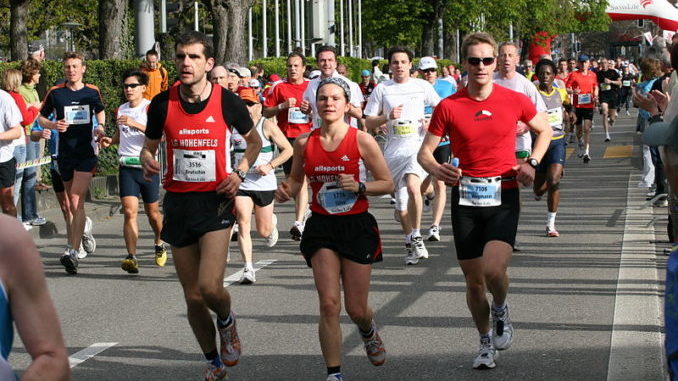
The marathon is generally considered to be the benchmark of foot races. Roughly 26.2 miles long, it is a grueling trek for racers but something that the average runner, with practice and training, can achieve.
There are other challenges, such as the World Marathon Challenge which requires 7 marathons on 7 different continents; or ultramarathons which often involve running anywhere from a double marathon to more than 150 miles through hazardous climates; or the 30-in-30 challenges which require a runner to handle 30 marathons over the course of 30 days. Most of these are for only the most serious of runners, and people take care to equip themselves with the best footwear, best nutrition, best hydration, and lightest, most flexible and sweat-wicking clothing available.
Then there’s the one that beat them all. The 1928 foot race. Performed at a time before modern shoe technology and modern sports clothing, it was a race with 421 participants which began in Los Angeles… and ended 3,422 miles later in New York City.
The run was more difficult than expected. On the first day of the race, 222 of the initial 421 runners dropped out and contestants continued to drop throughout. (This, unfortunately, meant a smaller crowd of runners, which in turn lured smaller crowds to watch. The expected throngs of viewers passing along towels and canteens of water never materialized.
Other problems arose. The group hired to feed the athletes as they crossed the Mojave Desert didn’t show up, resulting in starved and dehydrated runners. Because the roads weren’t cleared, one runner was struck by a hit-and-run driver. Foot problems developed, despite the run being heavily sponsored by fledgling foot pad designer Dr. William Scholl.
By the time the race had reached Ohio, the field had diminished to 55 runners. They would push through until New York, with the winning contestant, Andy Payne, clocking in at 573 hours, 4 minutes, 34 seconds (84 days) to complete the event.
The first ten finishers received prize money. The eleventh place finisher, Harry Abramowitz from the Bronx, had the best time without receiving any cash for his troubles – 679 hours, 41 minutes, and 16 seconds. But at least he got money when he came in 9th in the next year’s race, from New York to Los Angeles.
Addendum: since 1992, inspired by the original 1928 and 1929 races, occasional Trans-America (and then trans-other-continent) foot races have been arranged with far fewer (and far better equipped and prepared) runners. The chroniclers at Transcontinental-footrace.com have kept track of the participants and times. For the original 1928 contest only the runners who made it through the first day have been officially counted.)
Question of the night: What’s the most physically taxing activity you’ve experienced in the last year?
